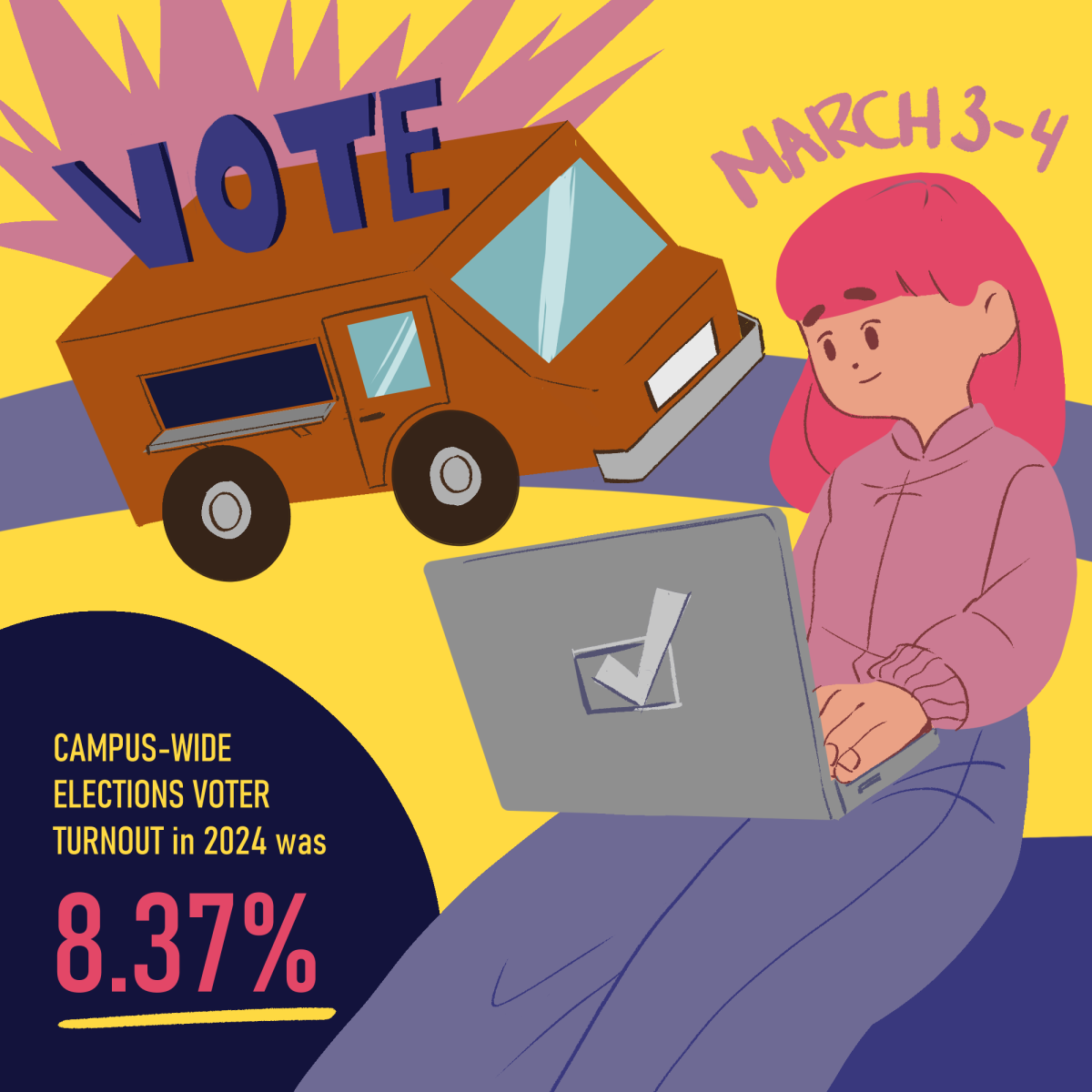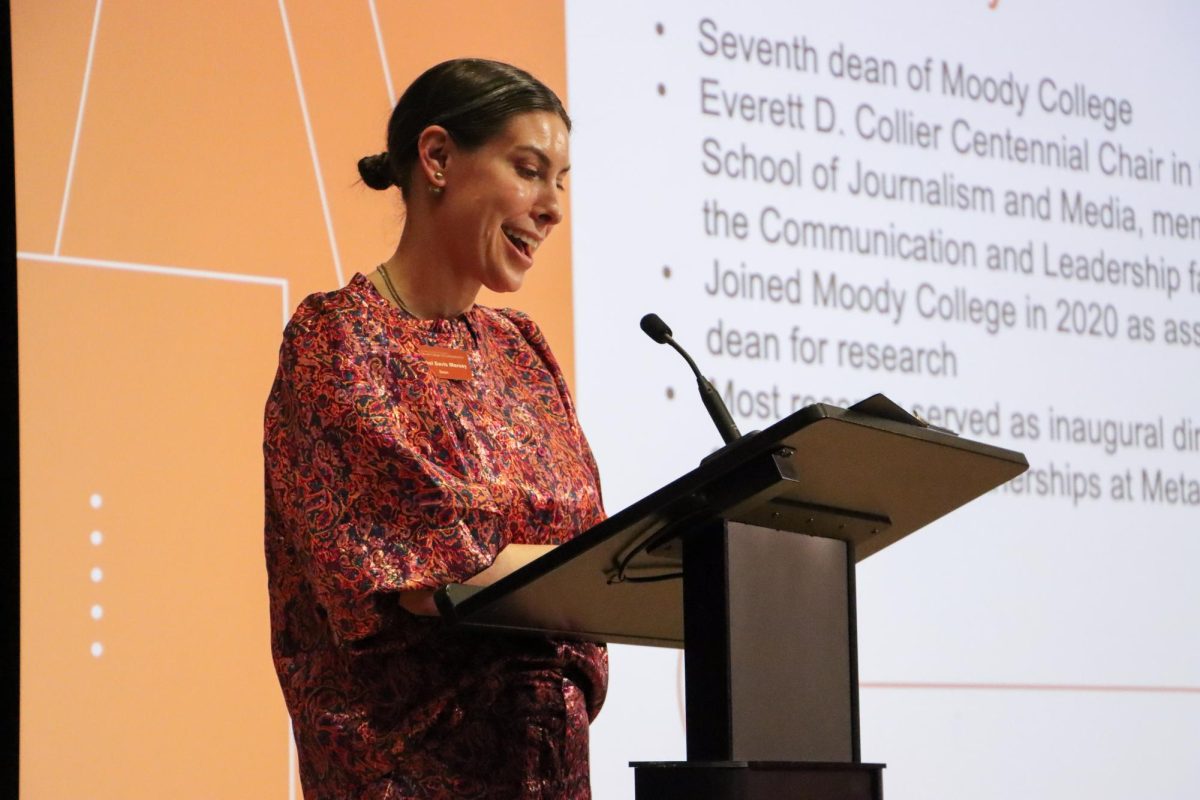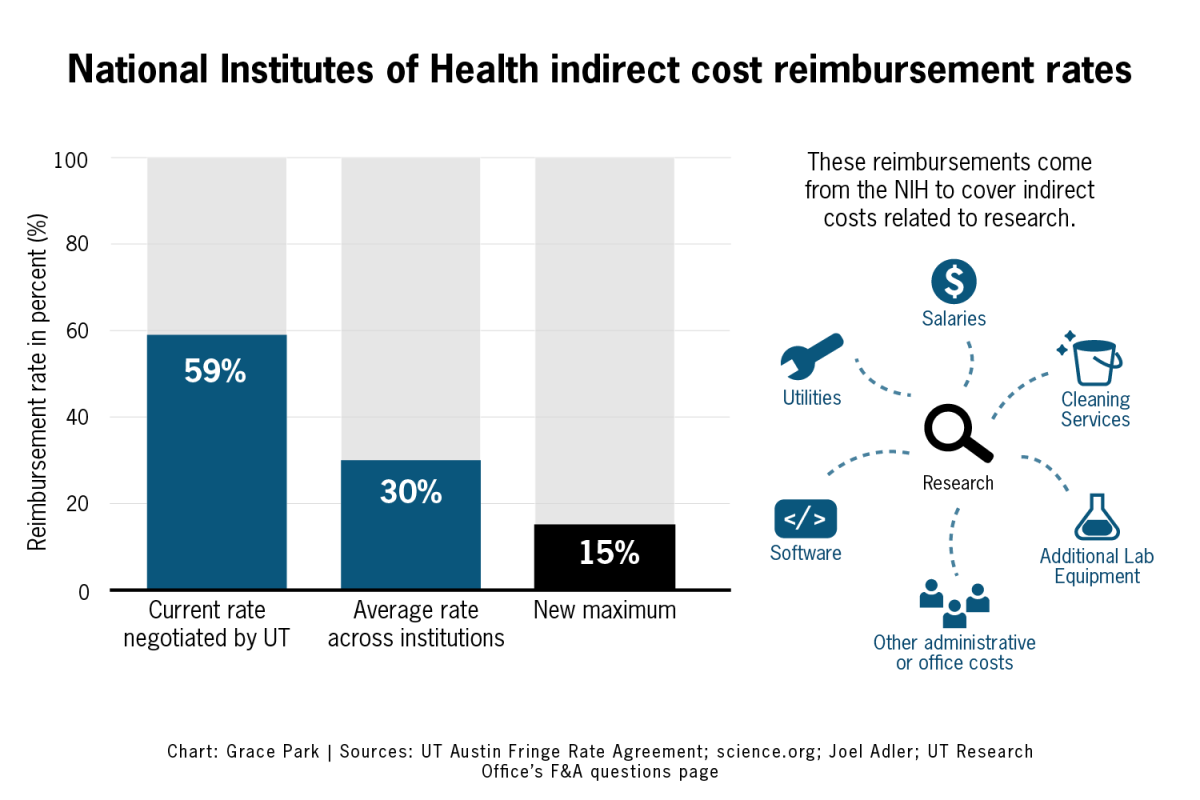University members recently expanded their efforts to bridge inequity gaps among women and faculty members of color.
Men and white faculty are paid more, receive more endowments, more promotions and more timely promotions, according to data produced by the University and The Texas Tribune. Two UT groups, the Faculty Gender Equity Council and the Council for Racial and Ethnic Equity and Diversity, have been working to ensure fairness for all faculty members.
The average salary for male employees is $62,400, and the average female salary is $52,000, according to The Tribune’s Government Salaries Explorer database. There are also salary disparities among different races and ethnicities: about $63,460 for white employees, $56,260 for Asian employees, $45,000 for black employees and $42,600 for Hispanic or Latino employees. These numbers were last updated in July 2017 and include both faculty and staff members.
“There’s a market base that dictates the salary,” said Tasha Beretvas, member of the Gender Equity Council. “For example, for a faculty member in the College of Education, their salary will look very different from someone with a similar rank in the business school.”
Beretvas, a College of Education faculty member, also said salaries vary by field, discipline and years of relevant experiences.
“Both the Gender Equity Council and CREED look at what we can do, gather data and try to find ways to share common policies that reduce inequities,” Beretvas said.
Last year’s report from the Gender Equity Council shows gender salary differences varying by position. Male faculty also received tenure promotions at higher rate than women. The report also found white faculty members receive more endowments than faculty members of color.
Beretvas said both University–wide and local college and departmental efforts are very important to continue improving. Each college has also formed its own diversity and inclusion committee, Beretvas said.
“Your pay is just one aspect of working here, or anywhere,” said journalism professor Maggie Rivas-Rodriguez, member of both University councils. “The other part is how many people of color do we have at the highest levels? How many deans do we have? How many department heads? How many times do people of color get an opportunity?”
Rivas-Rodriguez said the councils are moving toward looking at intersectionality more than they have in previous years.
“I would like to see a system where everyone has equal opportunity for advancement, you are getting paid an equitable salary,” Rivas-Rodriguez said. “Often times it’s people of color who carry the brunt of the burden of these issues, because we see them and we’re the ones who are asked to be on these committees … We want to make things better for ourselves and for our University.”
Joey Williams, communications director for the Office of the Executive Vice President and Provost, said there are no similar councils for staff members.
“In filling staff positions, the University works to determine what salary matches the candidate’s knowledge, skills, competencies, and years of professional experience,” Williams said. “This analysis is based on market data for similar positions internal and external to UT-Austin.”
Williams said the University has not had any findings of pay discrimination among staff members based on gender.



















